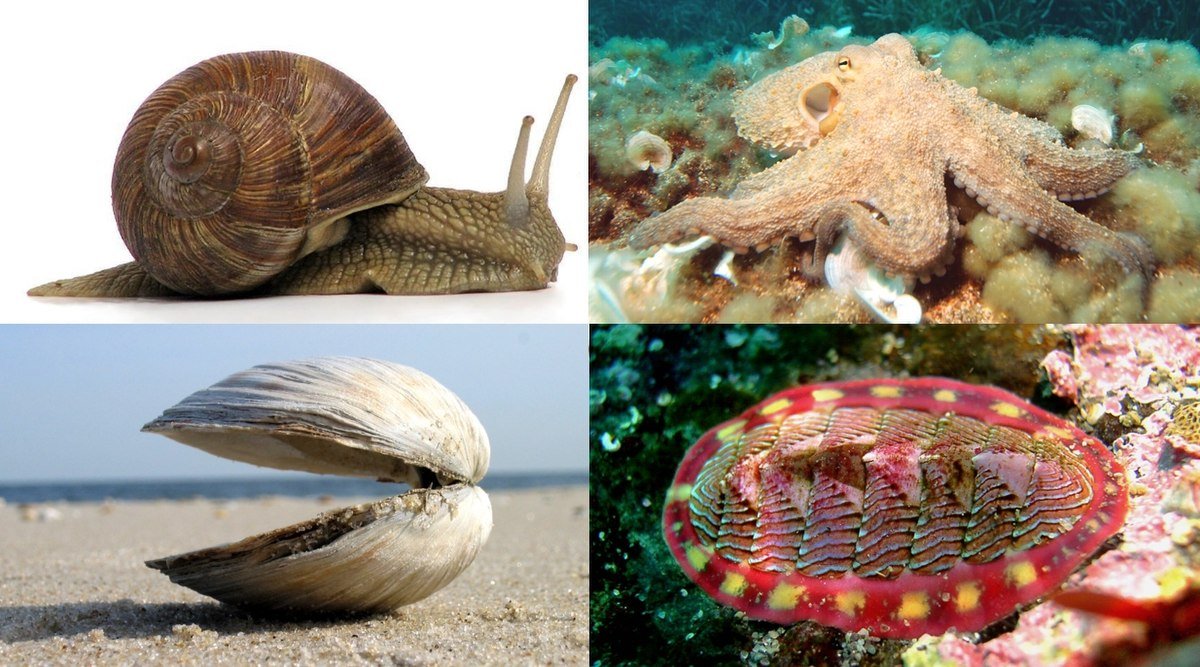Benefits of mollusks, and information on the different nutritional properties provided by these delicious seafood, rich in essential nutrients.

The mollusks are marine invertebrates, which according to their different and so different morphological characteristics, are classified under various names. One of those main characteristics that absolutely all mollusks have in common is that they have a soft body. However, not all are covered.
Regarding their classification, we can basically find them with three large groups: univalve mollusks (periwinkle, busan, cañailla and limpet), bivalve molluscs (clams, cockles, chirla, coquina, mussel, razor, oyster and scallop) and cephalopod molluscs (squid, squid, octopus and cuttlefish).
Nutritional properties of mollusks:
When talking about both the properties and the benefits of mollusks, we must take into account from the outset that the different nutritional virtues they provide will depend above all on the mollusk that is going to be consumed. However, it is possible to speak of a series of benefits that, for the most part, all have in common.
Thus, for example, mollusks stand out for their very large amount of proteins of high biological value, so that they provide all the essential amino acids.
They also provide a low content in fat and cholesterol (although it is common to think otherwise), and therefore also in calories, which means that they are interesting in balanced and low-fat diets.
In relation to the presence of vitamins and minerals, we can highlight in the first place the vitamins A and the B complex; and in minerals, especially zinc, phosphorus, iron, iodine and potassium.
Benefits of mollusks:
Thanks to its low fat content and very low caloric intake, its consumption is especially recommended as part of a low-fat, healthy, healthy and balanced diet.
They provide essential fatty acids, helping to reduce the risk of cardiovascular diseases, reducing suffering from atherosclerosis or coronary thrombosis, among others.
Also, did you know that mollusks contain the same amount of iron as lean meat?































